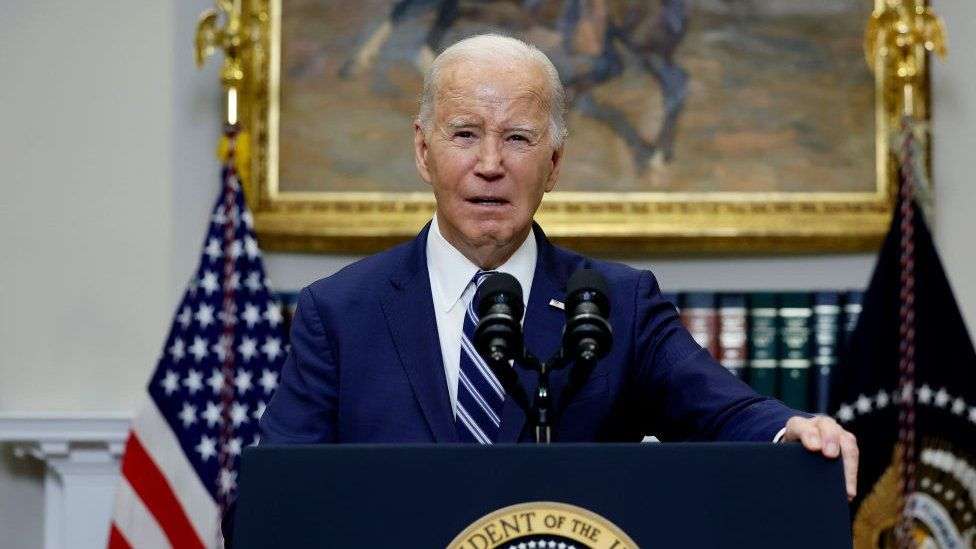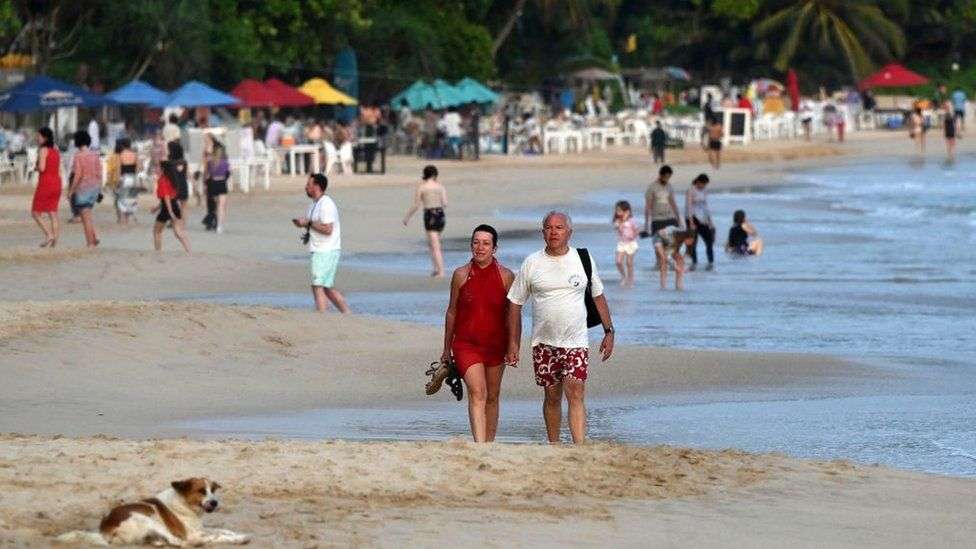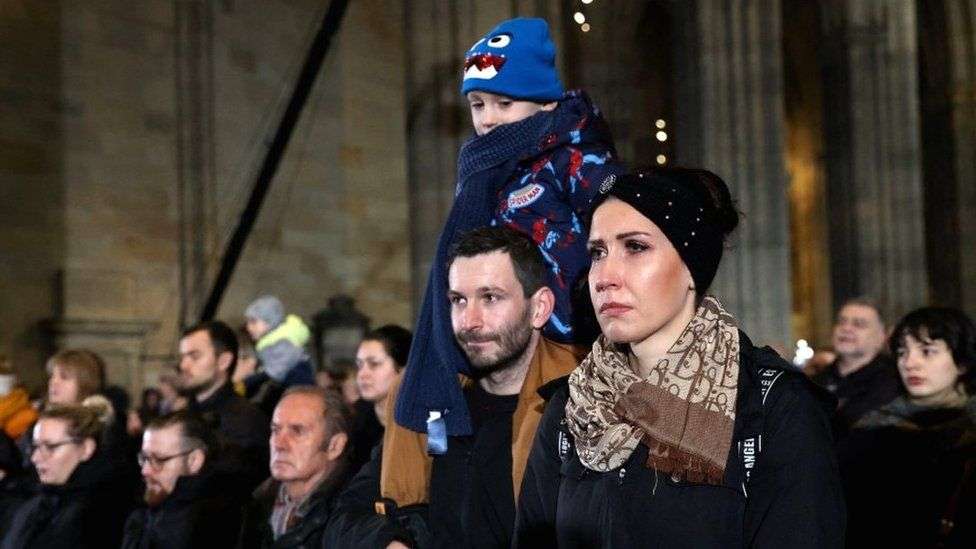Sabrina Cohen-Hatton has gone from rough sleeping as a teenager to visiting the Prince of Wales in Windsor Castle to give him advice on tackling homelessness.
She was able to give her own story to Prince William as proof that homeless people should not be "written off".
"I sit in front of you now with a job, a home, a family and a PhD," says Sabrina, who works as a fire service chief.
Prince William will mark the first year of his Homewards project with a visit to Lambeth in south London where he will say: "It is possible to end homelessness."
The prince will send the message that there is nothing inevitable about homelessness and that it shouldn't be normalised.
When he meets Homewards representatives on Thursday he will say: “Homelessness is a complex societal issue, and one that touches the lives of far too many people in our society. However, I truly believe that it can be ended."
Homewards is a five-year project based around six areas around the UK.
That includes Newport in South Wales - and as a 15- and 16-year-old that was where Sabrina was sleeping rough, after the death of a parent and problems at home.
Her way out was selling the Big Issue - "I credit them with saving my life" - and once she had secure accommodation she was able to get a job in the fire service, which became her career.
But she was able to tell Prince William and the Homewards project about what was needed.
"There were lots of closed doors in my face," she says. Even when support was meant to be available, she says in practice it can be hard for homeless people to have the confidence to access it.
Or there can be practical barriers. She says she relied on her dog, called Menace, but many hostels wouldn't let people stay with pets.
She went on to become chief fire officer of West Sussex and has spoken widely about her own journey, including this latest role as an advocate for Homewards.
Sabrina says Prince William showed a lot of "empathy" towards the issue of homelessness, which she suggested reflected some of the "trauma" in his early life.
The homelessness project, operating in Aberdeen, Bournemouth, Lambeth, Newport, Sheffield and Northern Ireland, wants to find successful approaches that can be replicated elsewhere.
There are links with employers about helping people into work. A partnership with Homebase provides starter packs of furniture to help those moving from homelessness into accommodation.
There are efforts to identify sofa-surfing and addressing links between relationship breakdown and homelessness.
Putting housing officers in schools has been tried to identify young people who might be at risk.
There is a push to change attitudes towards homelessness - and Sabrina talked about the need to get rid of the stigma.
Matt Downie, chief executive of Crisis, says the Homewards project can challenge the "cynicism and fatalism" that says homelessness is inevitable.
He says that even though the big picture has seen homelessness getting worse, the evidence exists to prevent it.
Finland is given as an example of a sustained drive to end homelessness, with the claim that there are now only about 150 homeless families. In contrast in the UK, there are more than 100,000 households categorised as homeless.
There have also been questions about whether a wealthy royal should be pronouncing on homelessness.
The anti-monarchy group Republic has previously described it as "crass and hypocritical".
But George Anderson, a Big Issue seller and medical researcher in London, welcomes that Prince William has used his high public profile to talk about homelessness.
"He encourages people who are distant from homelessness to feel empathy and care," says George.
"Given the pomp and ceremony around his official role, it is easy for people to question as to what he really knows about homelessness," says George.
"I am sure that he is aware of that whilst also knowing he is in a position, like his mother, to highlight the plight of homelessness to the media.
"His mother would have experienced similar, being photographed in a tiara at a ball one day, whilst serving soup in a homeless kitchen the next," says George, who sees the prince's interest as being linked to Princess Diana bringing her sons to homelessness charities when they were children.








